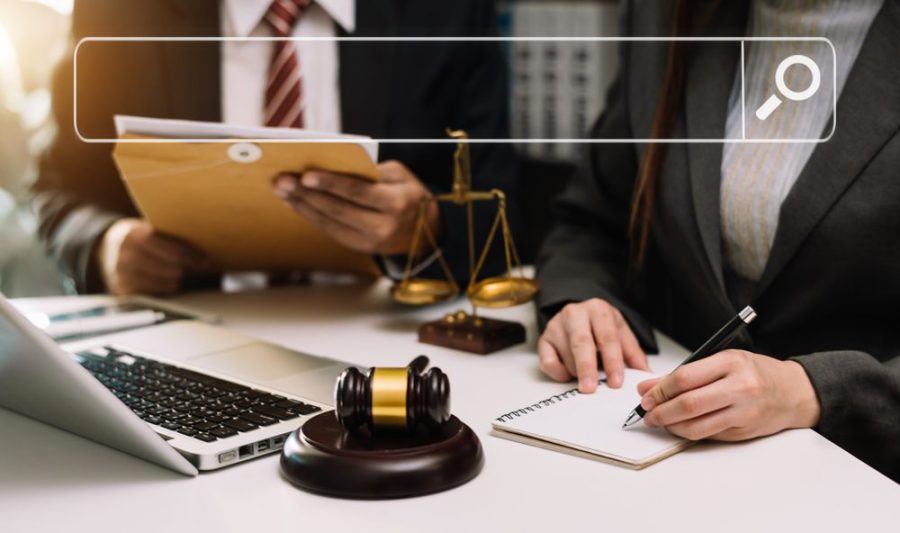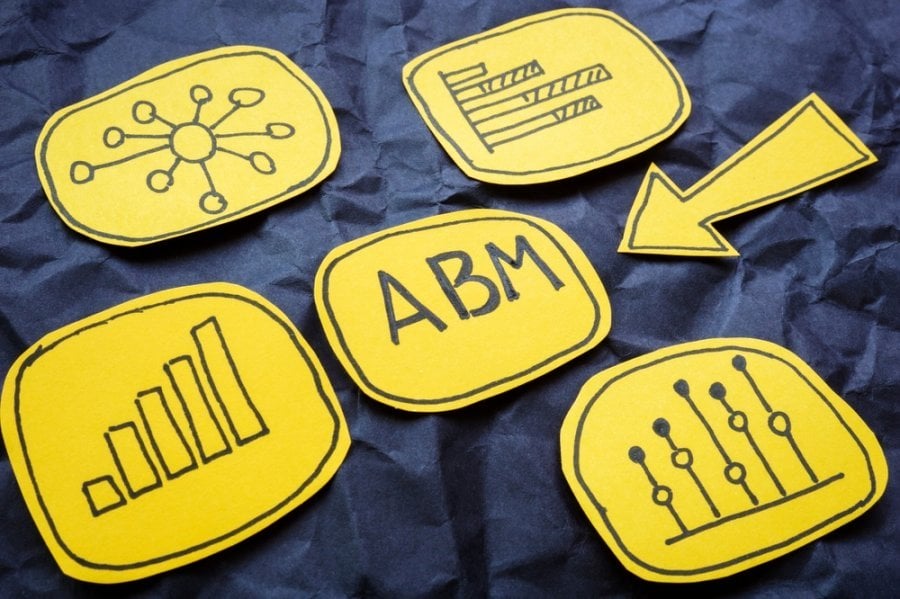
Boost San Diego Business With These Technical SEO Fixes
- Switch to HTTPS security.
- Add an XML sitemap.
- Boost site speed.
- Remove duplicate content.
- Solve broken links.
- Include alt tags.
- Optimize for mobile use.
- Improve site indexing.
Watch this video to learn how Digital Authority Partners tackles Technical SEO!
Switch to HTTPS Security
HTTPS (HyperText Transfer Protocol Secure) is the secure version of HTTP, the protocol for transmitting data between a web server and a web browser. It is also a ranking factor that search engines such as Google use. HTTPS secures data transmission and ensures that unauthorized parties cannot intercept or tamper with it. This protocol encrypts sensitive data such as passwords, credit card numbers, and personal information, preventing data breaches and protecting user privacy. A technical SEO expert helps fix HTTPS issues using these steps:1. Purchase an SSL certificate to verify the identity of the website.
2. Install the certificate on the web server. This process may vary by web hosting provider and SSL certificate type.
3. Update the website’s URL to use HTTPS instead of HTTP.
4. Redirect HTTP traffic to HTTPS through the web server’s configuration files.
5. Use SSL Checker and Why No Padlock to test your website and make sure everything works properly.
Add an XML Sitemap
 An XML sitemap lists all the pages on a website and provides additional information about each page. Such information includes the date it was last modified, how frequently it is updated, and its importance relative to other pages. It helps search engines such as Google and Bing understand the structure of a website and crawl it more effectively.
These are steps to add a sitemap and boost rankings with technical SEO.
An XML sitemap lists all the pages on a website and provides additional information about each page. Such information includes the date it was last modified, how frequently it is updated, and its importance relative to other pages. It helps search engines such as Google and Bing understand the structure of a website and crawl it more effectively.
These are steps to add a sitemap and boost rankings with technical SEO.
1. Use WordPress plugins or online generators to create an XML sitemap.
2. Upload it to the website’s root directory using an FTP client or web hosting control panel.
3. Submit to search engines through their webmaster tools.
4. Update the XML sitemap whenever you add or change website pages.
Boost Site Speed
Poor site speed can affect technical SEO. Slow-loading pages can consume a disproportionate amount of the crawl budget, meaning search engines may not crawl as many pages on the site as they could if the pages had speedy loads. Slow-loading pages increase bounce rates and decrease user engagement, eventually affecting ranking. To address poor site loading speed:- Compress and resize images.
- Minify HTML, CSS, and JavaScript files to reduce file size.
- Reduce server load by caching images, CSS, and JavaScript in browsers.
- Optimize database queries, reduce server load, and use a content delivery network (CDN) to speed up server response.
- Partner with a San Diego technical SEO company for technical audits and immediate fixes.
Removing Duplicate Content
 Duplicate content refers to the same articles appearing on multiple pages on the same website or different websites. It can be intentional (e.g., when a website syndicates content) or unintentional (e.g., when the website’s architecture or URL structure causes similar content to appear on multiple pages).
The issue with duplicate content is that the pages compete for the same keywords in search engine results pages (SERPs). This competition dilutes page authority and makes determining which page should rank for which keyword more difficult for search engines.
Google and Bing, particularly, do not favor duplicate content because it creates a poor user experience by showing repetitive results. Avoid duplicate content by:
Duplicate content refers to the same articles appearing on multiple pages on the same website or different websites. It can be intentional (e.g., when a website syndicates content) or unintentional (e.g., when the website’s architecture or URL structure causes similar content to appear on multiple pages).
The issue with duplicate content is that the pages compete for the same keywords in search engine results pages (SERPs). This competition dilutes page authority and makes determining which page should rank for which keyword more difficult for search engines.
Google and Bing, particularly, do not favor duplicate content because it creates a poor user experience by showing repetitive results. Avoid duplicate content by:
- Using canonical tags to tell search engines which version of a page is the “primary” version;
- Adding 301 redirects to pages with multiple versions so that users land on a single URL and the website can consolidate duplicate content while maintaining backlink value; and
- Avoiding content scraping using tools such as DMCA takedown notices or content syndication agreements.
Solve Broken Links
Broken links are links that no longer work or lead to a page that no longer exists. Websites develop broken links when deleting pages or changing URLs without a proper redirect. Users tend to become frustrated and disengaged when they encounter broken links. Search engine crawlers may waste crawl budgets trying to access pages that no longer exist when they encounter broken links. Ultimately, such links harm your ranking. To address broken links and improve technical SEO, follow these techniques:- Check for broken links regularly using tools such as Google Search Console, Ahrefs, or Broken Link Checker.
- Fix or redirect broken links to ensure users and search engines can access and navigate the website efficiently.
- Update internal and external links regularly.
Include Alt Tags
 Alternative text tags (alt tags) are HTML attributes that describe the content of an image on a website. These provide context and accessibility for users unable to view images because of slow internet connections, screen readers, etc.
Websites with alt tags for images enhance accessibility for users who are visually impaired or using assistive technologies. Also, search engines such as Google and Bing use alt tags to understand the content of an image and improve their search rankings.
To optimize alt tags, website owners must remember these tips.
Alternative text tags (alt tags) are HTML attributes that describe the content of an image on a website. These provide context and accessibility for users unable to view images because of slow internet connections, screen readers, etc.
Websites with alt tags for images enhance accessibility for users who are visually impaired or using assistive technologies. Also, search engines such as Google and Bing use alt tags to understand the content of an image and improve their search rankings.
To optimize alt tags, website owners must remember these tips.
- Use descriptive text to improve the context for the content of the image.
- Avoid keyword stuffing and use natural language that accurately describes the image.
- Use proper syntax and sentence structure.
Optimize the Website for Mobile Use
The rising popularity of mobile devices underscores the importance of designing websites to automatically adapt to users’ screen resolutions. Non-mobile-friendly websites might be difficult to navigate and display incorrectly on smaller screens. These issues can lead to a poor user experience, higher bounce rates, and decreased time on-site, affecting rankings. Google now prioritizes mobile versions of websites for indexing and SERP ranking. A website’s ranking and, by extension, its visibility and traffic, might suffer if it is not optimized for mobile devices. Websites must optimize for mobile-friendliness with technical SEO to smash their competition. These strategies can help:- Implement a responsive design to adapt to different screen sizes and devices.
- Reduce media file sizes with caching and compression to speed up load times.
- Test and monitor website performance on different mobile devices to identify issues.
Improve Site Indexing
 Search engines use indexing to discover and understand the content of a webpage. Proper indexing makes it easy for search engines to crawl and rank all pages on a website. It helps filter out irrelevant pages so that search engines can spend less time and energy crawling.
Index your site properly by:
Search engines use indexing to discover and understand the content of a webpage. Proper indexing makes it easy for search engines to crawl and rank all pages on a website. It helps filter out irrelevant pages so that search engines can spend less time and energy crawling.
Index your site properly by:
- Submitting a sitemap to search engines to ensure all pages are discovered and indexed;
- Using canonical tags to prevent the indexing of duplicate content;
- Avoiding duplicate content on the website; and
- Using internal links to establish structure and hierarchy and ensure that all pages are easily discoverable by search engines.
Summing Up
Fixing technical SEO issues such as missing HTTPS security, adding an XML sitemap, improving site speed, and removing duplicate content can optimize websites for higher search engine rankings. Also, removing broken links, adding alt tags, optimizing for mobile use, and enhancing site indexing help create an indexable, crawlable, and rankable website. Improve your technical SEO today with a San Diego technical SEO expert. Contact Digital Authority Partners today.Want To Meet Our Expert Team?
Book a meeting directly here



